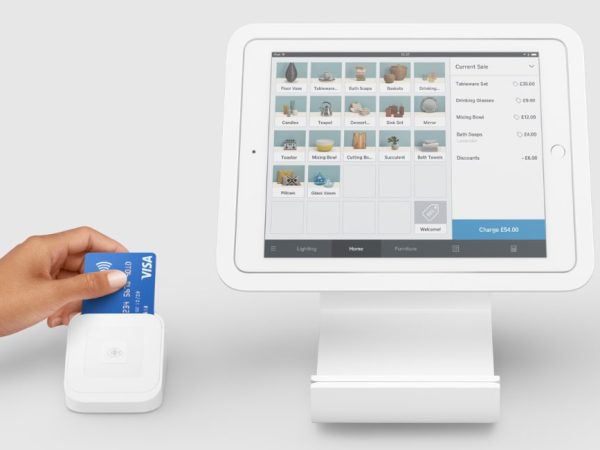How to Build a Strong Brand Identity for Your UK Business

In today’s highly competitive market, building a strong brand identity is essential for the success of any business. A strong brand identity helps to differentiate your business from your competitors, build brand loyalty, and increase customer trust. However, building a strong brand identity can be challenging, especially for UK businesses. In this article, we will explore how to build a strong brand identity for your UK business.
What is a brand identity?
A brand identity is the visual and emotional representation of your business. It is how your customers perceive and experience your brand. A strong brand identity consists of various elements, including your logo, color scheme, typography, imagery, tone of voice, and messaging. Your brand identity should reflect your business’s values, mission, and vision. It should be consistent across all touchpoints, including your website, social media platforms, advertising, and packaging.
Understand your target audience
To build a strong brand identity, you need to understand your target audience. Your brand identity should resonate with your customers and appeal to their needs and desires. Conduct market research to identify your target audience’s demographics, psychographics, and behaviors. Create customer personas to understand your customers’ pain points, motivations, and buying habits. Use this information to tailor your brand identity to your target audience’s preferences and create messaging that resonates with them.
Develop a unique value proposition
A unique value proposition (UVP) is a statement that communicates your business’s unique selling proposition. It should clearly explain why customers should choose your business over your competitors.Your UVP should highlight the benefits of your products or services and differentiate you from your competitors. It should be concise, memorable, and easy to understand.
Create a memorable logo
Your logo is the visual representation of your brand identity. It should be memorable, recognizable, and reflect your business’s values and personality. Your logo should be scalable and look great in all sizes and formats. Choose a color scheme that reflects your business’s personality and values. Colors evoke emotions, so choose colors that align with your brand’s messaging and appeal to your target audience. Select typography that is easy to read and reflects your brand’s tone of voice. Choose a typeface that is consistent across all touchpoints and use it consistently in all communications.
Develop a brand style guide
A brand style guide is a document that outlines your brand identity guidelines. It includes guidelines for your logo, color scheme, typography, imagery, tone of voice, and messaging. Your brand style guide should ensure that your brand identity is consistent across all touchpoints. It should be accessible to all employees, contractors, and vendors who work with your brand.
Create consistent messaging
Your brand messaging is how you communicate with your customers. It should be consistent across all touchpoints and reflect your brand’s values and personality. Develop a messaging framework that includes your brand messaging pillars, key messages, and tone of voice. Use this framework to create messaging that resonates with your target audience and reflects your brand identity.
Use storytelling to build an emotional connection
Storytelling is a powerful way to build an emotional connection with your customers. Use storytelling to communicate your brand’s values, mission, and vision. Share your brand’s origin story, highlight your customers’ success stories, and create content that resonates with your target audience.
Engage with your customers on social media
Social media is an essential touchpoint for building your brand identity. Use social media to engage with your customers, share content, and create a community around your brand. Create a social media strategy that aligns with your brand’s values and messaging. Use social media to showcase your products or services, share your brand’s story, and engage with your customers.
Conclusion
building a strong brand identity for your UK business requires a deep understanding of your target audience, a unique value proposition, a memorable logo, a brand style guide, consistent messaging, storytelling, and social media engagement. These elements work together to create a cohesive and powerful brand identity that resonates with your customers and sets you apart from your competitors. Remember that building a strong brand identity is an ongoing process that requires consistent effort and dedication. As your business evolves and grows, your brand identity should adapt to reflect these changes. By investing in your brand identity, you can create a loyal customer base, increase brand recognition, and ultimately drive business success.
FAQs
Q: How long does it take to build a strong brand identity?
A: Building a strong brand identity is an ongoing process that requires consistent effort and dedication. It can take several months or even years to establish a strong brand identity that resonates with your target audience.
Q: Can a small UK business build a strong brand identity?
A: Absolutely. Building a strong brand identity is not dependent on the size of your business. Small businesses can create powerful and memorable brand identities by focusing on their unique value proposition, understanding their target audience, and creating consistent messaging and branding.











